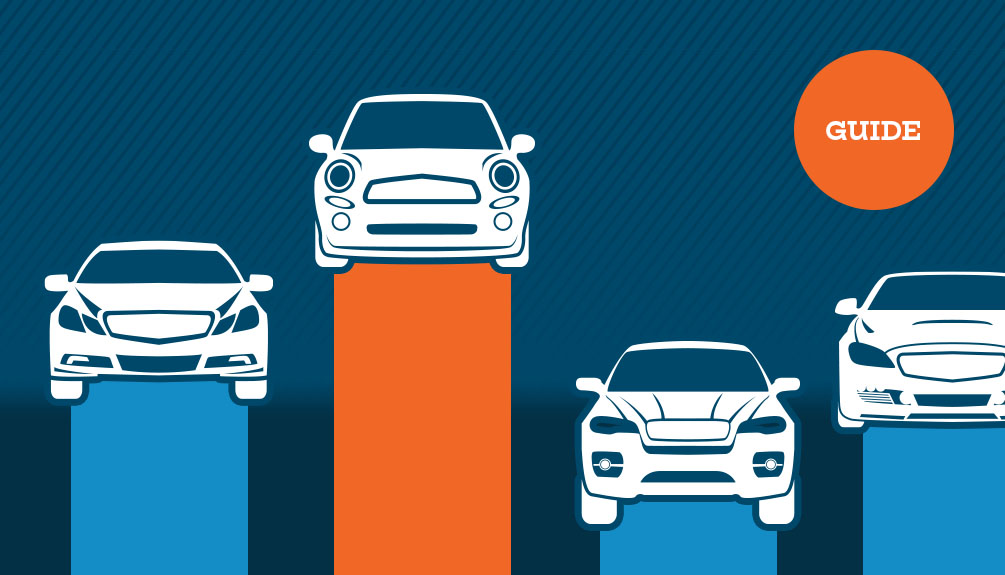What is a VIN?
Every car built for U‑S roads since the 1981 model year carries a 17‑character vehicle identification number, or VIN. Think of it as the automobile’s fingerprint: No two legitimate vehicles share the same sequence for at least 60 years. That string is defined by the global ISO 3779 standard and, inside the United States, enforced by the National Highway Traffic Safety Administration (NHTSA).Because the code is unique and permanent, it underpins nearly everything you care about when buying a used car. Law enforcement agencies trace stolen cars by VIN, insurers confirm a car’s identity before paying claims, manufacturers use it to flag you when a safety recall is issued, parts counters look it up to be sure they hand you the right brake pads, and vehicle history report vendors hinge their entire businesses on it. Knowing that single identifier lets you unlock paperwork showing past owners, crashes, flood or salvage titles, open recalls, original equipment, and even where the car rolled off the assembly line.
Where to find the VIN
Carmakers deliberately place the VIN in several locations on a vehicle to make changing this crucial identifying trait difficult. The easiest VIN to locate is at the base of the windshield on the driver’s side. You can stand outside the vehicle and read it through the glass.A second label usually hides on the driver’s‑side door jamb near the latch. Many engines, frames, or suspension towers also carry a stamped version, which is handy if plastic trim or labels have been swapped. Beyond these vehicle locations, every U.S. car’s title certificate, registration card, and auto insurance policy includes the vehicle identification number.
What information is encoded in the VIN
A properly decoded VIN is the closest thing to an automaker’s build sheet that a used‑car shopper can retrieve for free. Characters 1 through 17 are not random. They are a compressed data string telling you exactly what rolled off the assembly line on a given day.Characters 1‑3, the World Manufacturer Identifier, set the stage by naming the builder and its home region, so you immediately know whether you are looking at a U.S.‑made Toyota or one stamped in Japan.
Characters 4‑8, called the Vehicle Descriptor Section, drill down into the mechanical and safety specifics, including engine architecture and displacement, induction method, transmission type, driven wheels, body style, gross‑weight class. Because the seventh position must be alphabetic for 2010‑2039 model‑year light vehicles, a letter here tells you you’re in the modern emissions‑and‑airbag era. Character 9 is a check digit that proves the rest of the VIN is mathematically legitimate. If that digit fails, any “specs” the seller quotes from the VIN are junk.
Characters 10‑17, the Vehicle Identifier Section, add the historical context manufacturers care about. Character 10 discloses the exact model year (a “T” means 1996, a “Y” means 2000, a “5” means 2005, and so on in a 30‑year cycle). Character 11 marks the specific assembly plant—handy when tracing mechanical issues related to a specific assembly line.
The final six digits are the sequential production number, and for boutique makers that churn out fewer than 1,000 vehicles of a type each year, positions 12‑14 double as an extended manufacturer code so two companies never collide on VINs. Parsed together, these eight tail characters confirm whether the car really is a late‑run example built after a mid‑cycle fix, whether it came from the well-established Kentucky Camry plant or from a plant that was still ramping up, and whether its serial number aligns with published recall or technical‑service‑bulletin cut‑offs.
A VIN is still only a snapshot of the as‑built vehicle. It cannot tell you what time, mileage, and previous owners have done since. It will not reveal that the original 2.5‑liter engine was yanked during a 3.0‑liter swap, that the factory paint is now buried under a vinyl wrap, or that the leather seats have been replaced with aftermarket Katzkin upholstery dyed a different shade. It does not flag modified control‑unit software, turbo kits, lift kits, air‑suspension conversions, tire‑size changes, ceramic brake retrofits, or any other modification that occurred outside the factory gates. Nor does a VIN speak to consumables or wear items: pad thickness, rotor run‑out, belt cracking, coolant PH, battery‑health percentage, or the remaining life on hybrid battery pack cells.
Finally, because VIN reporting depends on agencies and repairers filing paperwork, the string says nothing about unreported flood submersion, bent subframes repaired in a buddy’s garage, odometer rollbacks that never crossed a DMV counter, or title brands that a corrupt former owner scrubbed by moving the vehicle across state lines. The VIN is a brilliant decoder ring for factory truths, but it is mute on the post-assembly reality of any car that’s parked in front of you.
Where to start: Free government VIN lookups
Before you spend money on a vehicle history report, run the number through the NHTSA’s public VIN decoder . This free tool is on NHTSA’s Vehicle Product Information Catalog platform and taps the exact decoding tables that every automaker is legally required to file with the agency at least 60 days before a model goes on sale. When you submit a 17‑character VIN, the decoder confirms that the sequence passes its built‑in checksum and then returns the factory build data straight from the source: make, model, body classification, series, engine family, restraint‑system configuration, gross‑vehicle‑weight rating, drive type, fuel type, even body‑color code when provided, plus final assembly plant and the precise calendar year the car was certified. Because these datapoints originate with the manufacturer’s own filing to NHTSA, they are as authoritative as it gets and serve as the baseline against which you can spot swapped engines, altered interiors, or bogus “special editions.”NHTSA’s decoder also crossreferences its recall database in real time. If the VIN is tied to an open safety recall—anything from Takata airbags to an improperly torqued rear‑suspension bolt—the tool flags it and links you to the campaign details so you can verify whether the fix has been completed and schedule the repair at no cost, if not. It will additionally tell you whether the vehicle’s make and model are the subject of an ongoing defect investigation, and it provides build‑plant information that can matter when a single model is built in multiple factories with differing quality records. If a particular trim level was never crash tested, the decoder will still show the model‑level test scores that NHTSA publishes, giving you at least a baseline on frontal, side, and rollover performance.
What the NHTSA decoder will not reveal is just as important. It does not reflect modifications performed after the car left the assembly line, e.g., lift kits, aftermarket turbochargers, resprays, or engine swaps. Nor does it keep records of prior owners, accident damage, insurance claims, odometer readings, lien status, or title brands such as salvage or flood; those lie outside the agency’s safety mandate.
Supplementary free VIN checks
After using NHTSA’s decoder, widen your search with reputable no‑charge commercial sites. For example, the National Insurance Crime Bureau’s VINCheck flags vehicles reported stolen, salvaged, or deemed a total loss by participating insurers. iSeeCars.com’s VIN Check provides a summary of over 200 data points beyond basic vehicle specs: detailed standard and optional features, accident indicators, price and mileage history, previous locations of sale, depreciation forecasts, and the best time to buy or sell. Because each aggregator licenses data from different sources and may impose search limits, run your VIN through as many as you can to stitch together a fuller picture.Paid vehicle history reports
Full‑scale reports from Carfax or AutoCheck primarily focus on information other than basic vehicle specifications, though that information is also included. They compile data from insurance claims, body‑shop networks, auction houses, DMV files, and police databases that free sites can’t legally or economically tap. Expect line‑item accident dates, structural‑damage alerts, air‑bag deployment notes, the sequence and length of previous owners, lien status, odometer roll‑back checks, and sometimes service‑shop entries. While these reports can cost between $10 and $40+, they are money well spent for buyers who are ready to spend thousands on a used car that may come with hidden and costly issues they should know about before making a purchase.
Related Reading
- State-by-State Guide: Does My State Have an Online VIN Check Tool?: See how to find a VIN check tool in your state
- What Is a Bill of Sale for a Car and Why Is It Important?: Find out if a bill of sale required and what info needs to be on it
- What Is a Clean Car Title and How To Check for It?: Understand what a clean title means and all the factors that can affect a car’s title status


































































